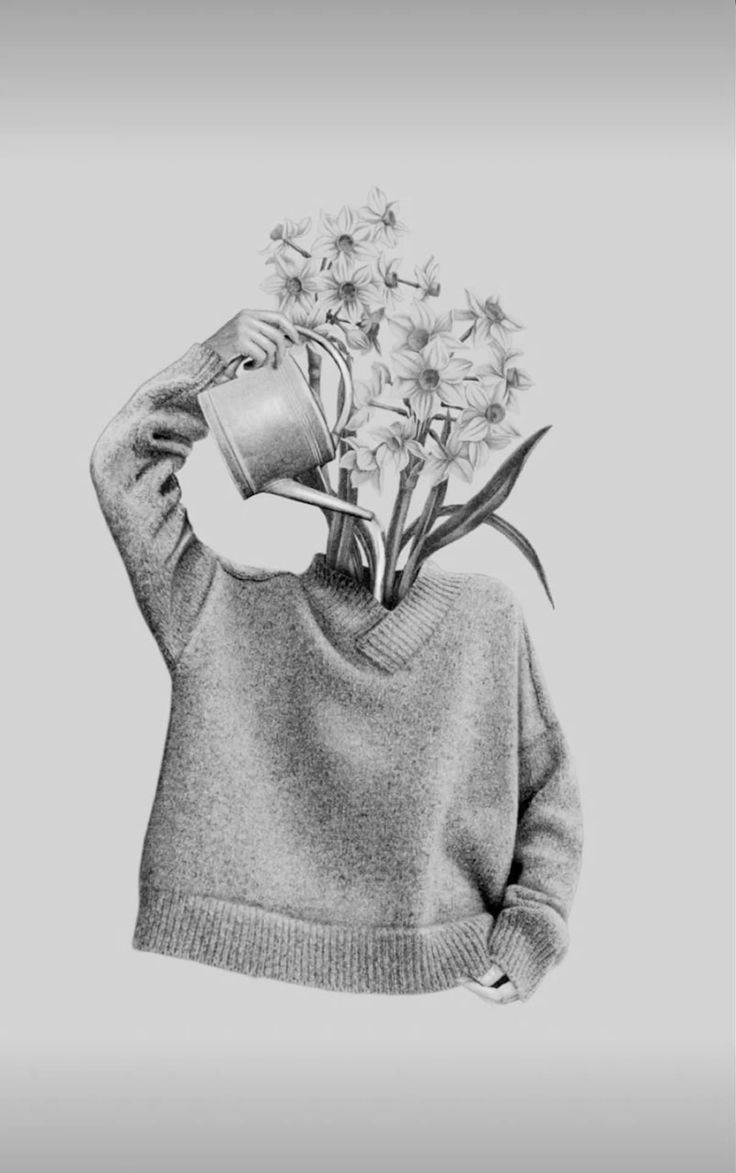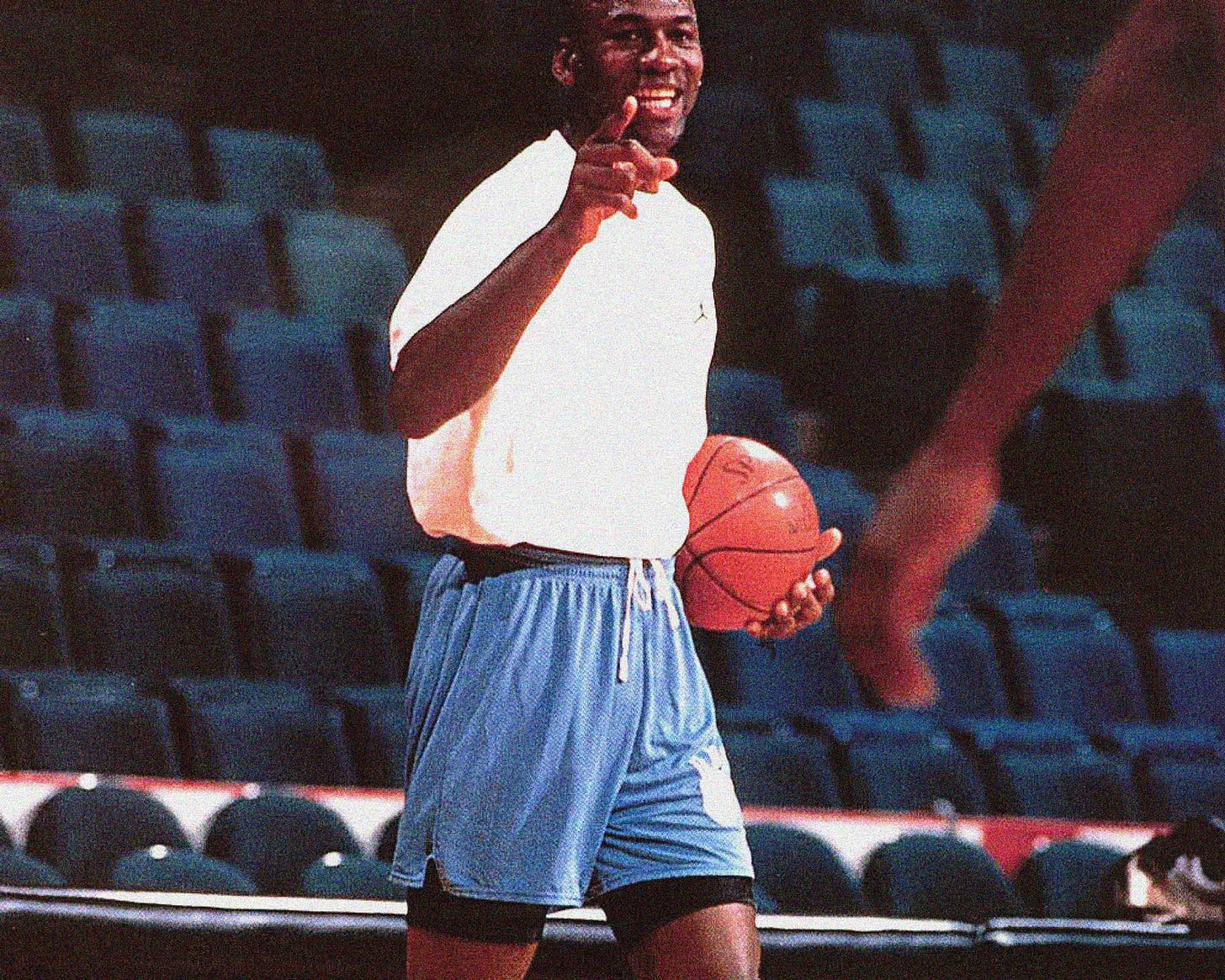Practice is at the core of being human—a process of doing, learning, and growing. It’s more than just repetition; it’s a flow of energy that cracks us open, revealing layers of ourselves. Whether you’re dancing, writing, or designing, practice teaches us to live with intention.
As Martha Graham said, practice is “inviting the perfection desired”—but it’s not glamorous. It’s about showing up, facing fatigue, and still loving the craft.
Creativity thrives when we embrace the mess. Students in art museums sketch for hours, learning to see and honing their voice. Through ritual and repetition, artists and athletes alike find their rhythm. It’s not about willpower; it’s about creating habits that combat resistance.
Resistance, fear, and perfectionism are constant companions on this journey. But every small act of practice moves us closer to mastery, and it’s driven by love for the craft. Practice may not always be easy, but it is what brings meaning, insight, and joy to our lives. It’s how we uncover who we truly are and why we’re here.
And that, in itself, is worth every bit of effort.
What gets in the way of practice?
“If I skip practice for one day, I notice. If I skip practice for two days, my wife notices. If I skip practice for three days, the world notices.” — Vladimir Horowitz
If practice is vital to stretching and strengthening our creativity, then what stands in the way?
Below are some roadblocks, both real and imagined, that are helpful to be aware of as you endeavor to practice.
Resistance
Naming things gives form to the unfamiliar and gives us back power.
Everyone has the voice in their head that feeds self-sabotage, self-doubt, and self-loathing. What is that voice and why does it show it up precisely at the time when we want to launch a business, start a non-profit, or learn a new hobby?
Author Steven Pressfield gave that voice a name: Resistance. Like an invisible energy shield between your heart and a blank document, how many times have you stared at it, hoping it would write itself? Yet, a week ago, you had all the opinions and ideas in the world.
Pressfield said in his essay Resistance = Fear:
“Artists and warriors live and die by one primal emotion.
Fear.
Fear stops us from beginning our work. Or carrying it forward in the face of adversity. Or completing it when we’re so, so close.
Fear of success.
Fear of failure.
Fear of exposure.”
Practice is challenging precisely because it elicits blood, and resistance, due to fear, is like a shark that can smell it from 1,000 miles away.
Perfectionism
Nothing else has claimed more of the creative potential of millions of well-meaning people than perfectionism. We strive for perfection because we think it is a shield to keep us safe—safe from criticism, from trolls, and from being seen as a fraud.
Bullshit.
Anne Lamott says in Bird by Bird, her book about writing (and about life):
“Perfectionism is the voice of the oppressor, the enemy of the people. It will keep you cramped and insane your whole life, and it is the main obstacle between you and a shitty first draft.
[…]
“Perfectionism is a mean, frozen form of idealism, while messes are the artist’s true friend. What people somehow (inadvertently, I’m sure) forgot to mention when we were children was that we need to make messes in order to find out who we are and why we are here — and, by extension, what we’re supposed to be writing.”
If you’ve ever wanted to create but you can’t stand the thought of the “mess” you might make before reaching your end goal, or you can’t fathom writing a shitty first draft (and second draft, and third draft), then perfectionism got one on you.
Lack of a ritual
Every creative person who is still in the game, even after both success and failure, has a ritual. They earned their achievements because they never gave up practicing and “ritualizing” their creativity. Rather than relying on sheer willpower to commit to a daily practice, they leveraged something far more powerful: ritual. A habit.
My favorite example of the importance of rituals comes from the choreographer Twyla Tharp, recorded in Mason Currey’s book Daily Rituals:
“I begin each day of my life with a ritual: I wake up at 5:30 a.m., put on workout clothes, my leg warmers, my sweatshirt, and my hat. I walk outside my Manhattan home, hail a taxi, and tell the driver to take me to the Pumping Iron gym at 91st Street and First Avenue, where I work out for two hours. The ritual is not the stretching and weight training I put my body through each morning at the gym; the ritual is the cab. The moment I tell the driver where to go I have completed the ritual.”
Artists and athletes share the same principle of creating rituals: Mark Twain wrote standing up, facing a bookshelf, with his typewriter on top. Matisse worked from nine to noon and then had lunch; he knew he had three hours to produce his best work before his afternoon nap. Isabel Allende started all of her books on January 18th. Michael Jordan wore his college basketball shorts under his game shorts.
These are all examples of professional habits that combat the resistance and get your mind and body into a rhythm that is conducive for creativity.
Me? I start every design day with a walk, coffee, and then, at least one creative expression that isn’t interiors. I write, or paint, maybe a workout - anything my mind needs to relax and loosen up and get ready to absorb the world I’m about to create. Most of the time I’ve got to crank out about four, maybe five, shitty first drafts before something really starts to stick. It took me five years to figure this out and another five to own it.
And if you can’t watch me work; you have to leave the room.




